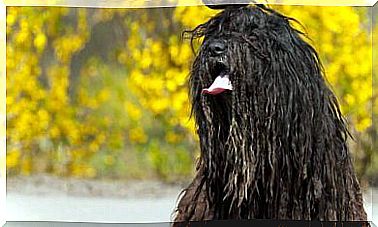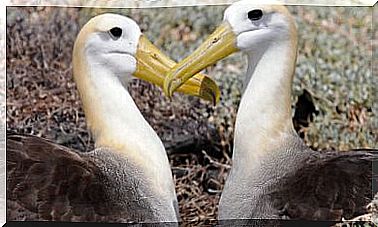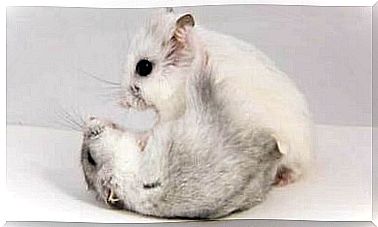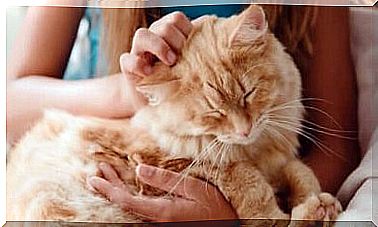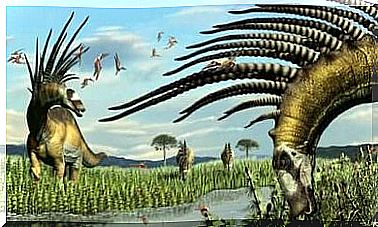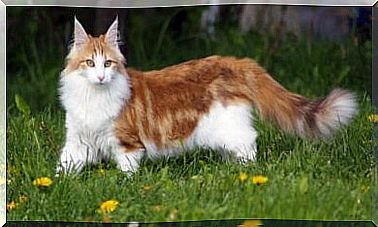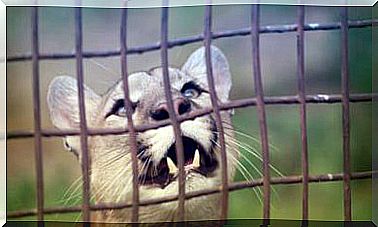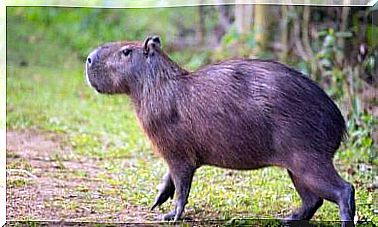Australian Cerulean Tree Frog: A Very Tender Amphibian
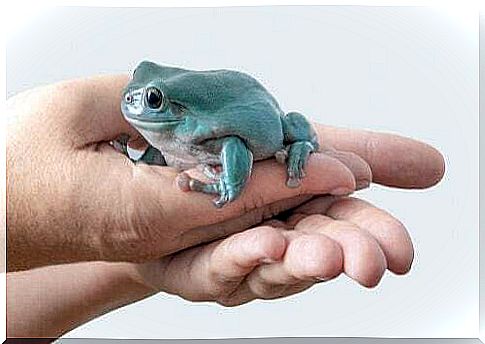
The Australian cerulean tree frog, also known as the Australian green tree frog or White’s tree frog, is easy to recognize due to its voracious appetite and fat roll-like body folds. The smiling face and kind eyes make her adorable and make anyone fall in love.
These charismatic characteristics, along with the sturdy nature and ease with which this frog can be cared for, have made it one of the most popular domestic amphibians. The Australian cerulean tree frog is endemic to Australia and the surrounding island countries.
Caring for this species as a pet is not a difficult task. These frogs eagerly devour any insects they find and their needs are easy to meet.
If purchased in good health, kept in the right environment and fed the right diet, they are quite resilient. Do you think they can live up to 20 years in captivity. Let’s discover together the characteristics and the habitat of the Australian cerulean tree frog.
Physical characteristics and behavior
This frog has a back that goes from bluish green to emerald green and can change color depending on the temperature of the environment. It has some white or gold spots scattered on the sides and occasionally on the back, from the corner of the mouth to the base of the legs.
The belly surface is milky and rough, while the back and throat are softer. The teeth are prominent and are located in the front of the mouth. The eyes are golden, with a horizontal pupil, typical of the Litoria genus , while the Hylids genus tends to have a vertical pupil.
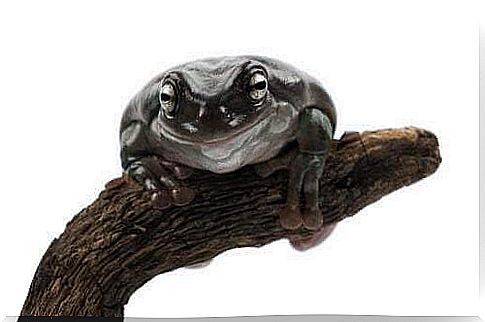
The fat crest above the eye and the very large fingertips are a very distinctive feature of the Australian cerulean tree frog. An average female is about 10 centimeters long, males about 7.
The skin of the Australian cerulean tree frog is covered with a thick cuticle that allows it to retain moisture when in arid areas. Skin secretions that destroy pathogens on the skin of these frogs have been found to have beneficial effects on humans.
The secretions have antibacterial and antiviral properties and are known to lower blood pressure in humans.
The Australian cerulean tree frog is active during the day, but also at night if in captivity. A 20-gallon aquarium is perfect for an adult specimen, which must be accompanied by good airflow, which is very important for this frog’s long-term health.
Distribution and habitat
The Australian cerulean tree frog, as the name implies, is native to Australia, Indonesia and Papua New Guinea. It is widely distributed in Australia from the Kimberley region through most of the Northern Territory. In Indonesia and Papua New Guinea, this species is found only in scattered places.
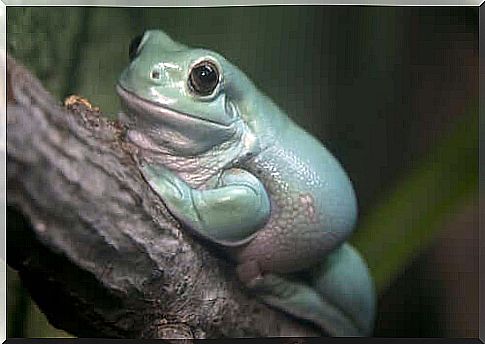
This species is found in a wide variety of habitats, including wet and dry forests, but also in grasslands in colder climates. They typically live in the canopy of trees near a water source. They are also found in city water tanks and domestic toilets.
Reproduction of the Australian cerulean tree frog
Reproduction of the Australian cerulean tree frog occurs during the rainy season, in very humid places, including urban drainage systems and water tanks. The female expels the eggs into the male’s sperm cloud, where they are fertilized, and then disperses to the bottom of the water system in which they are found.
Eggs take one to three days to hatch, and if conditions are right, metamorphosis begins in three weeks. Tadpoles mature in a couple of years.
The large terminal discs in the fingers allow this frog to climb in search of water to live during periods of drought. Its great adaptability allows it to live in urban and suburban areas together with humans.
The Australian cerulean tree frog has some native predators such as snakes, lizards, and birds. But it is also hunted by cats and dogs in suburban habitats.
Habitat loss associated with uncontrolled urban sprawl is a major threat in coastal areas. Some specimens already suffer from fungal diseases and the possibility of an epidemic in the near future is not excluded.
